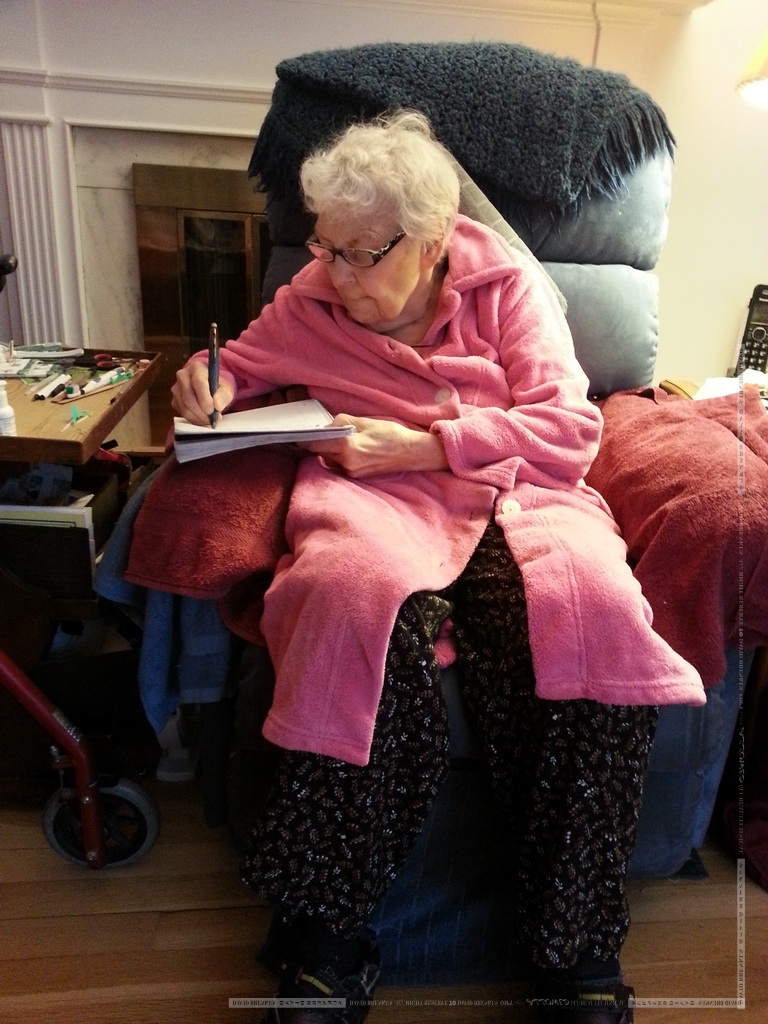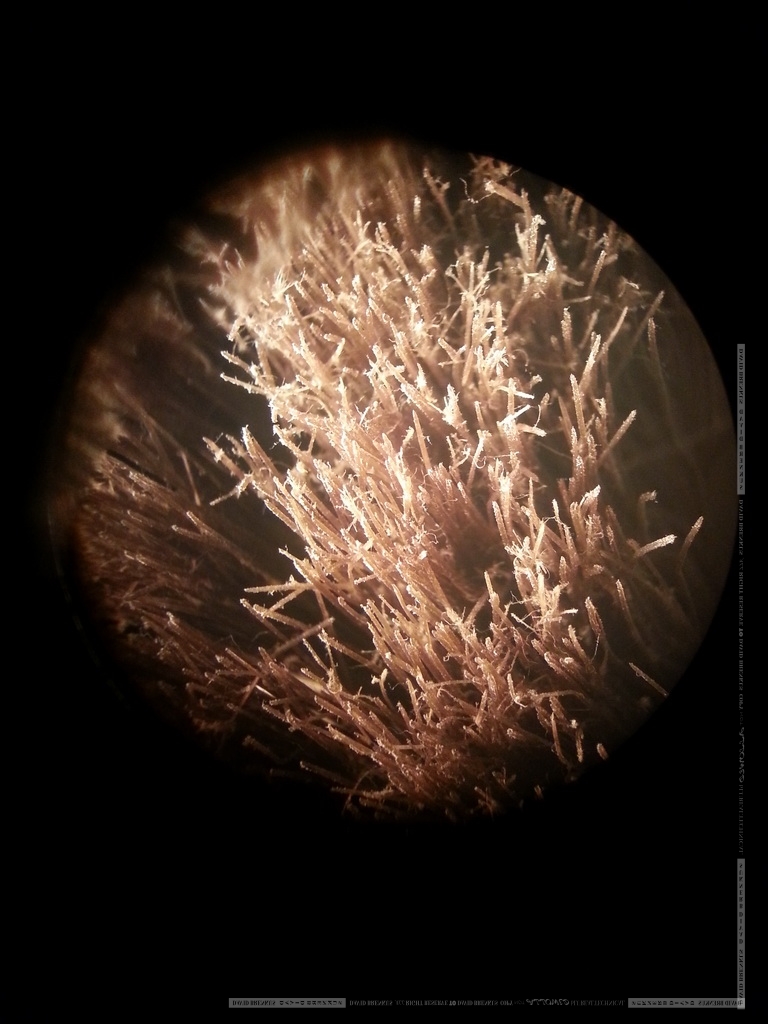PROCESS AS ART
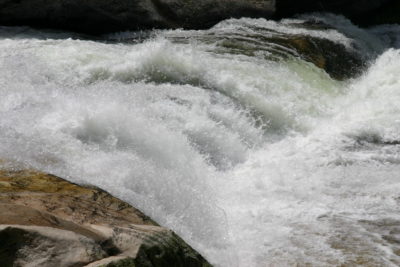
Rushing Water, Yosemite 2010
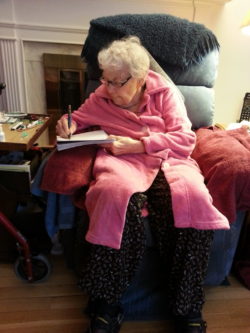
Mom Writing In Her Bookie 2014
I am trying in these short essays to share a little of how I think, work, make photographs and art. The reason they are called „Logs“ is I have for many years spent a lot of time writing what I do each day as an aid to myself and my poor memory. I found that much of what I do is so complicated that if I don’t make a record of it, at a minimum, it takes a long time to get myself back up to speed when my work gets interrupted. I called this writing a log for myself and so it seemed appropriate to call what I am doing here the same. I have other types of logs too – shot logs, print logs, and so on to keep track of other technicalities.
I wish I’d had the time to do the same for other big interests of mine such as economics and politics, but writing is a time consuming process for me. As it happens, my Mother has written nightly for at least 30 years for similar reasons and continues to do so today at the age of 91. She calls it writing in her „bookie“, often recording no more than what we ate, who visited and so on. She more than anyone has encouraged me to focus on the process rather than on the result – the road rather than the destination.
I have only shared one of my actual logs with a few select people, mainly from my family, because they are sometimes highly personal and include my own struggles with doubt, fear and anxiety – which at times became a real factor in my work and so appropriate to note in the log. They also tend to be highly technical as one might expect given how I work, and so for the most part not that interesting to the average person. They are a record of what I am working on, not an all purpose diary. Still, they have also been a place where I can jot down ideas which I can also revisit later.
The log I wrote last summer as I struggled with rethinking and redesigning my current art project ran to about 500 pages. I can’t tell you how valuable that has been to me when I lose the thread or get stuck. It may take a couple days to reread it all, but it helps wonderfully to see the chain of thoughts and actions I took and usually leads to other entries as I reconsider what I have written. Most of the time I reread less – the last 20 pages for example, which suffices.

Computer Screenshot 2013

Microscope test using cell phone camera 2013
I write these logs entirely for myself as part of the process of how I work and make art. I highly recommend the practice to anyone working creatively. Being able to review what you actually thought and did – even years later – is priceless. I see this „log“ in the same light. I am in the first case doing it for myself, just as with my photographs. I look at it just as I do any other project I take on. It looks like something difficult and I ask myself, „I wonder if I can do that?“
After our cabinetmaking shop burned down, Sigi and I began working downtown San Francisco as finish carpenters through the local Carpenter’s Union. Much of the necessary work was not all that interesting or challenging to either of us, so we ended up with a saying: „The harder it is, the more we like it“. Now, years later, I have seen how much this attitude has shaped my life and work. I am a person who repeatedly and willfully bites off more than he can chew, which can cause me to bend right up to the breaking point at times. Sometimes I find myself ruefully remembering the expression and cursing.
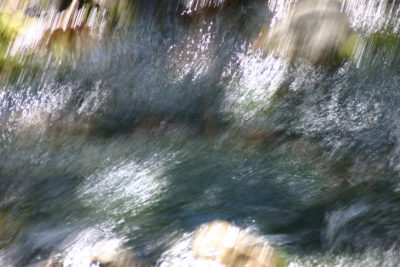
Rushing Water 2, Yosemite 2010
When I decided that it was finally time to make a website for myself, I had many long discussions with my close friend Adrien who had volunteered to do this for me. He convinced me that I had to share the process, the way I work, with others. He told me that I shouldn’t look at the technical aspects of what I do as secondary, but as true expressions of my art. He said, „David, you don’t realize it but the way you work is your art“. I guess it should be possible for me to accept this given what I learned from my Mother, but I’m still not sure that this is true. I know as an artist that process, the way you learn, think, feel, and approach things, often creates the conditions for something good to happen, but I feel that in the end, art has to stand on its own, like a foal finding its legs. Later, others will walk up and walk away with their own ideas of what they saw.


